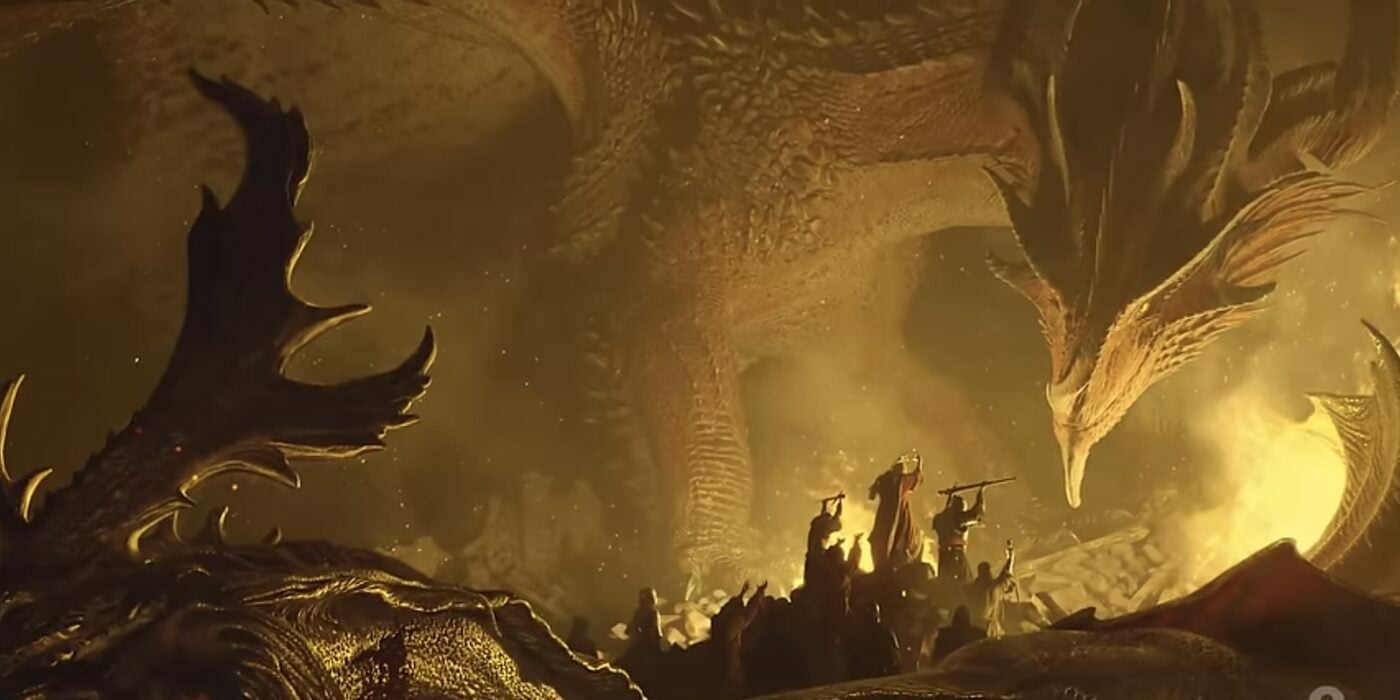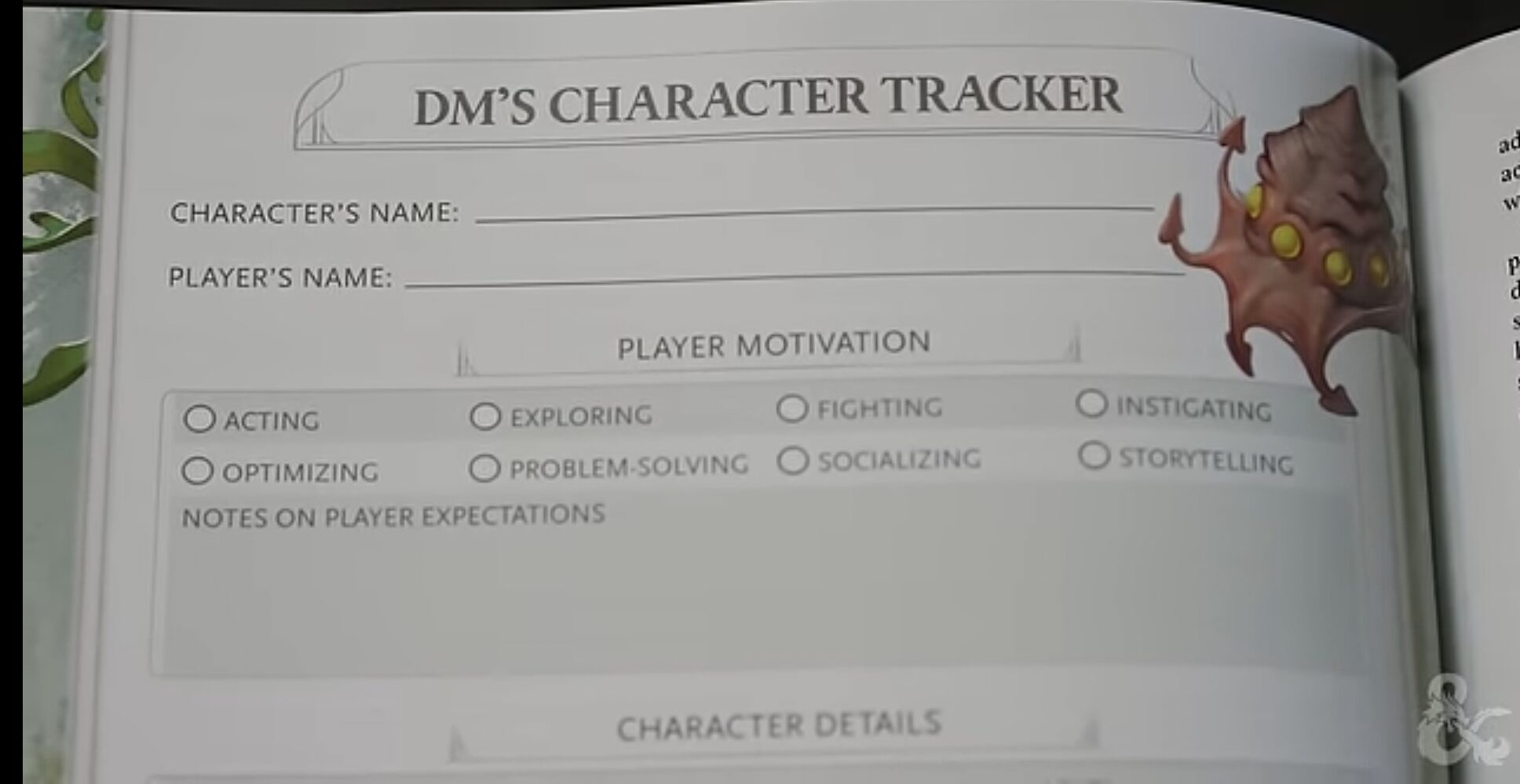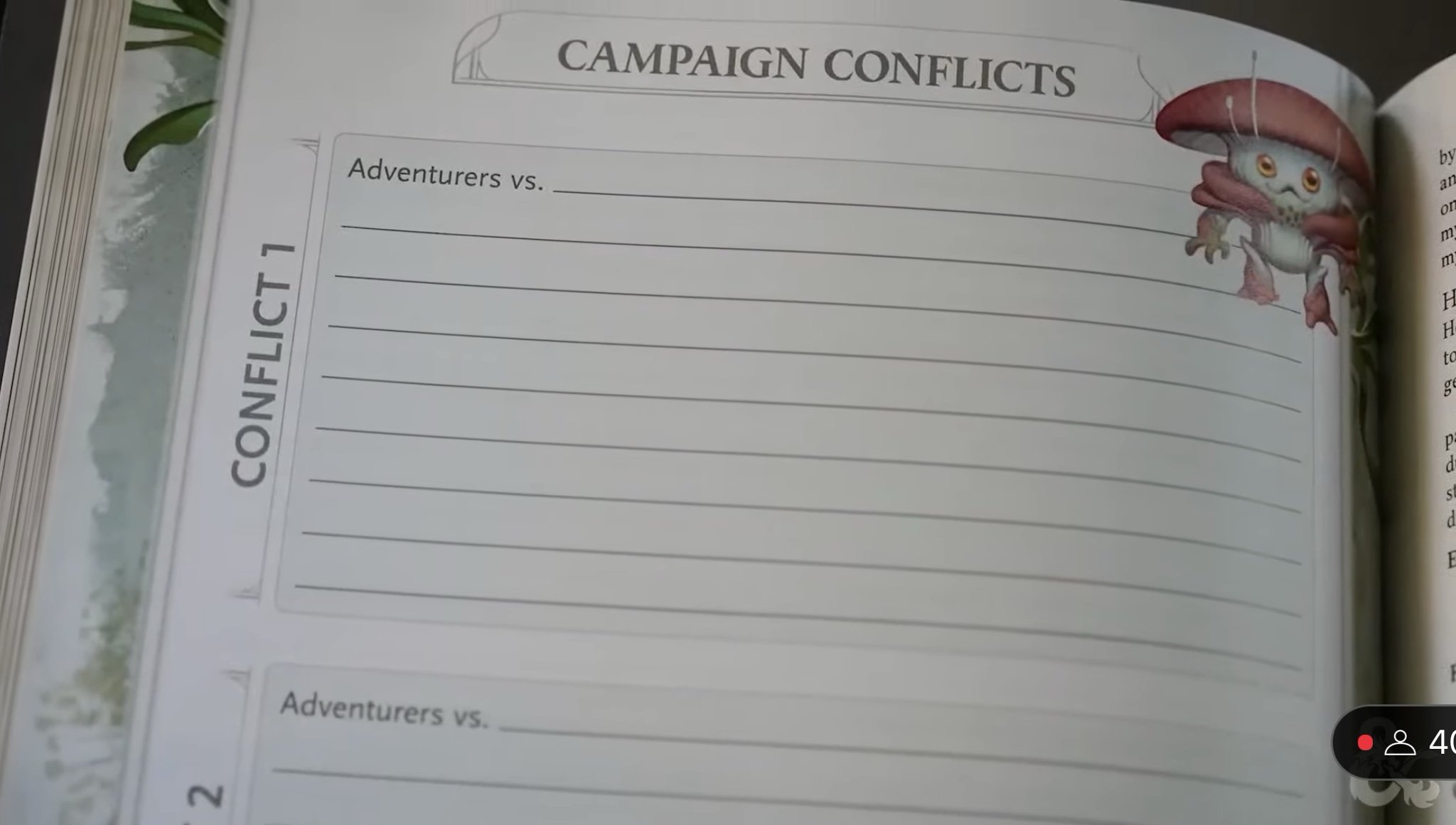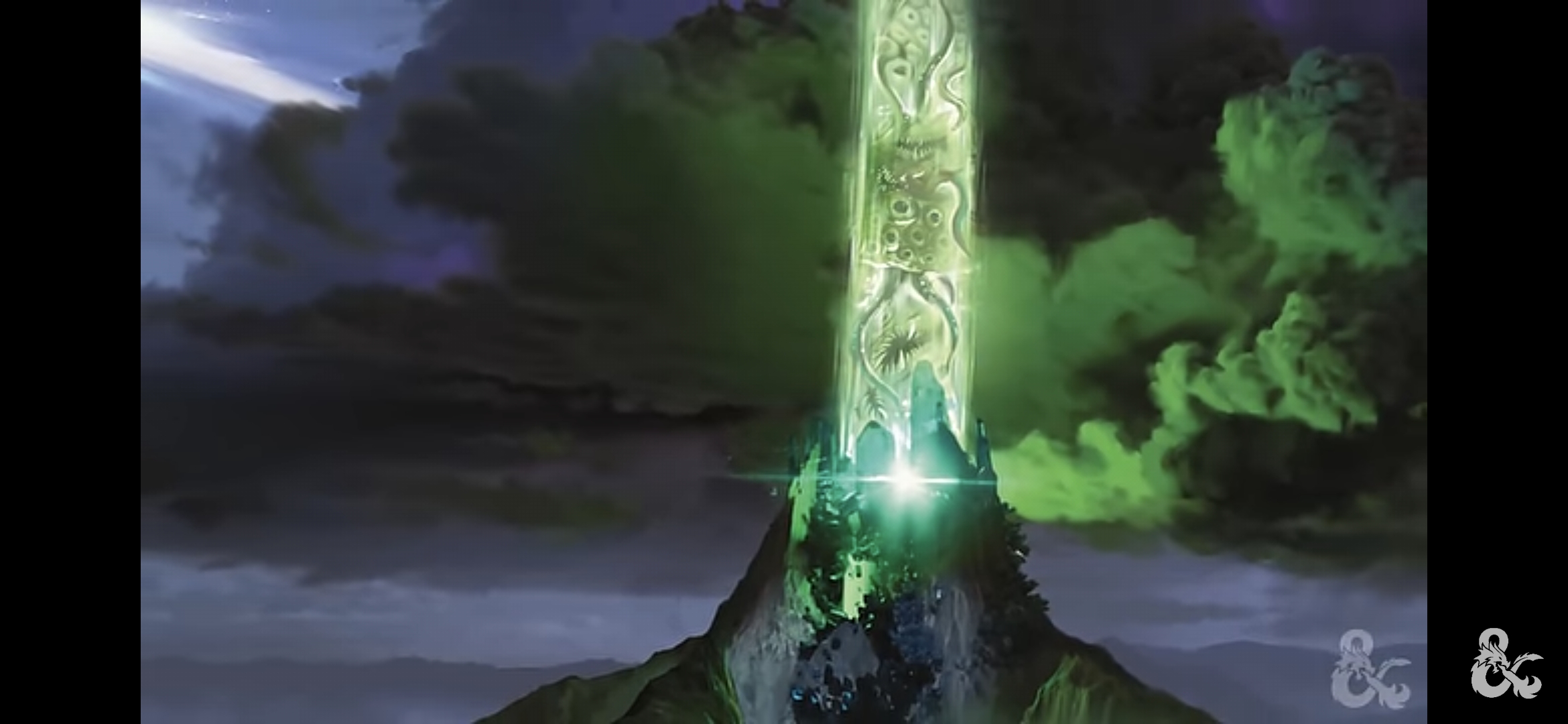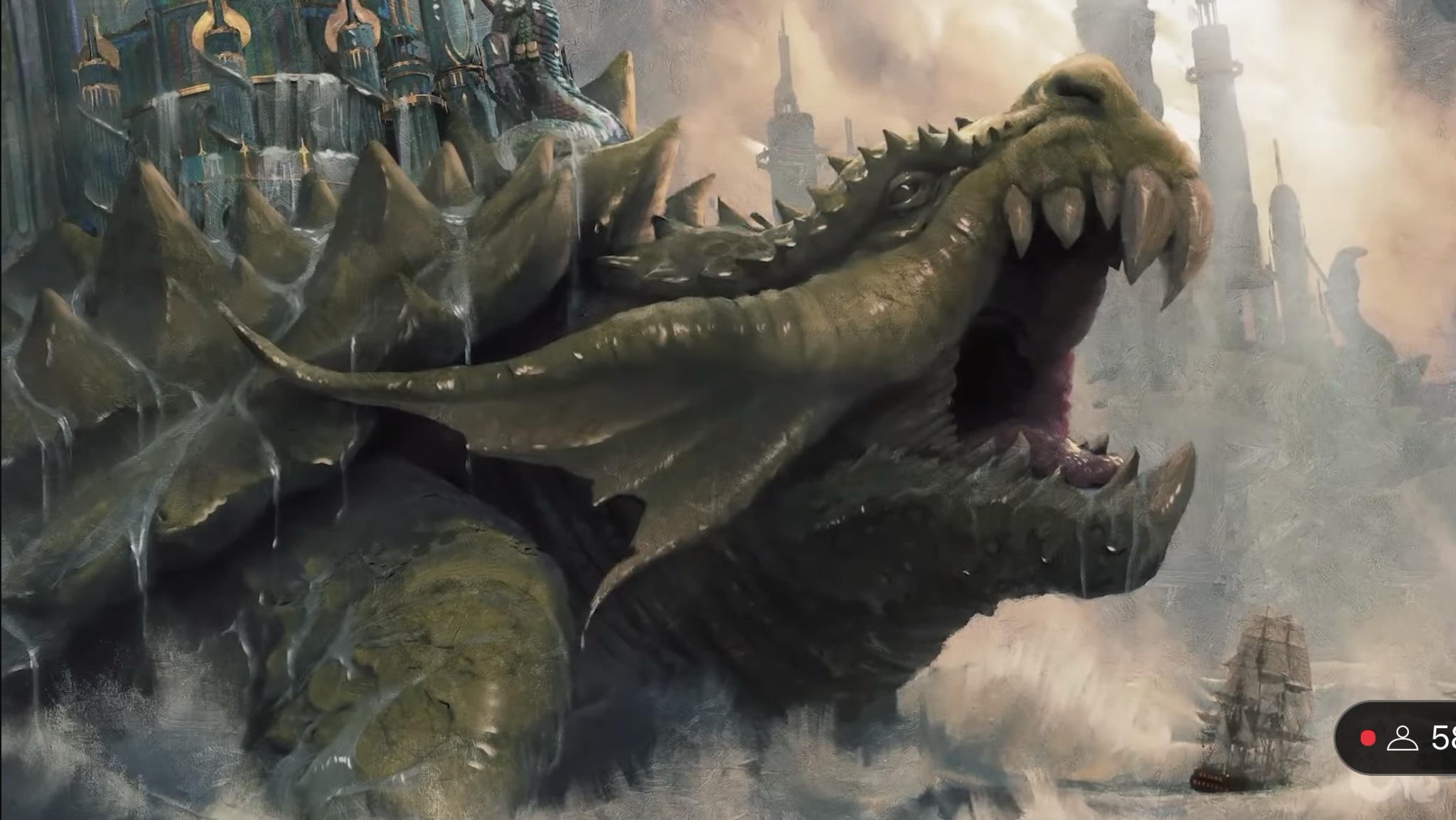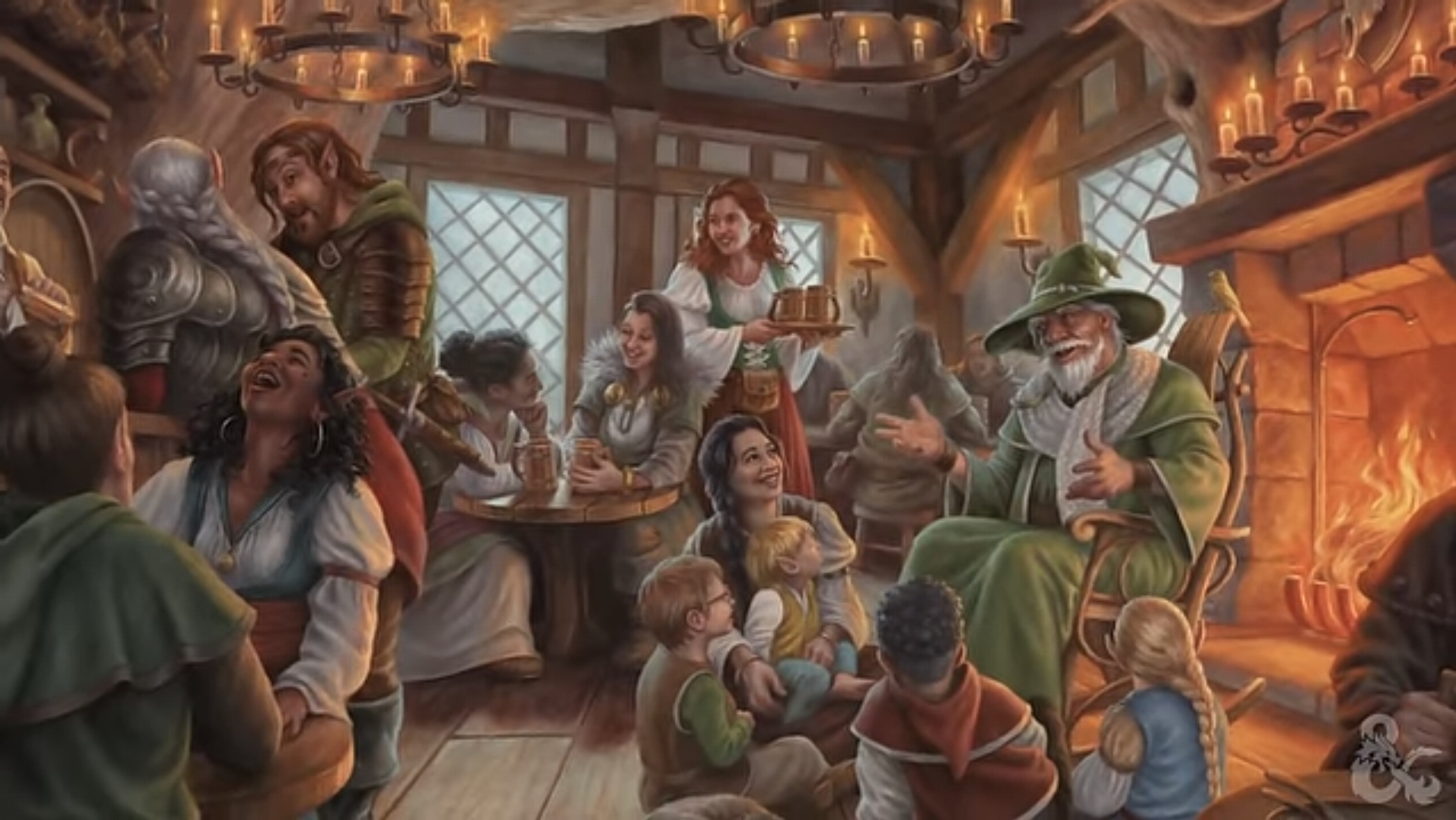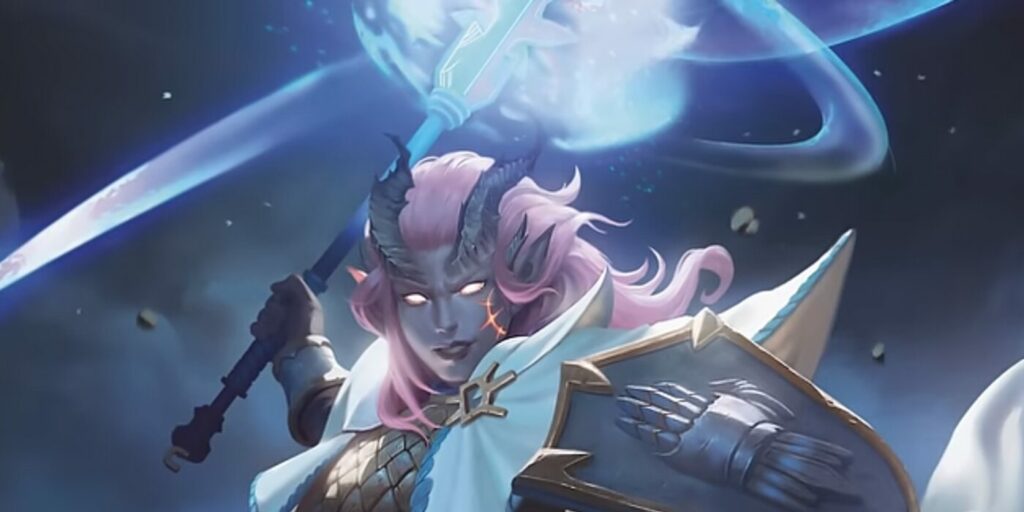Campaign Building In The New ‘Dungeon Master’s Guide’
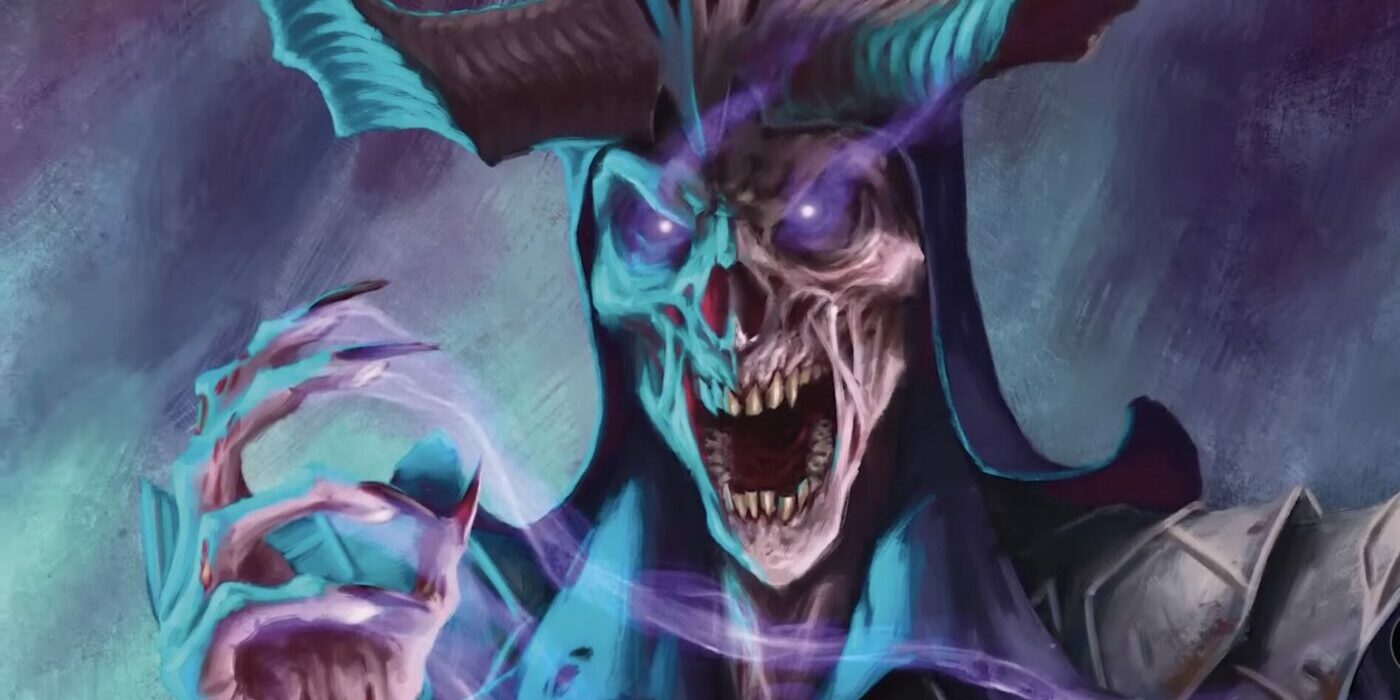
Wizards of the Coast offered a look behind the screen at how Campaign Building will work in the new Dungeon Master’s Guide.
Building your own campaign is at the heart and soul of Dungeons & Dragons. The word campaign is so closely associated with D&D that it became a watchword for other RPGs as well. You might play in a Traveller campaign; Daggerheart comes geared for “campaign play.” Even games like Monster of the Week talk about ongoing campaigns.
It’s a term that originates from the wargames that led to the creation of D&D. A group of characters would go off “on campaign” to a dungeon or whatever, and descend through the many levels as they fought foes, gained in power, and so on. Back before D&D was D&D there were campaigns.
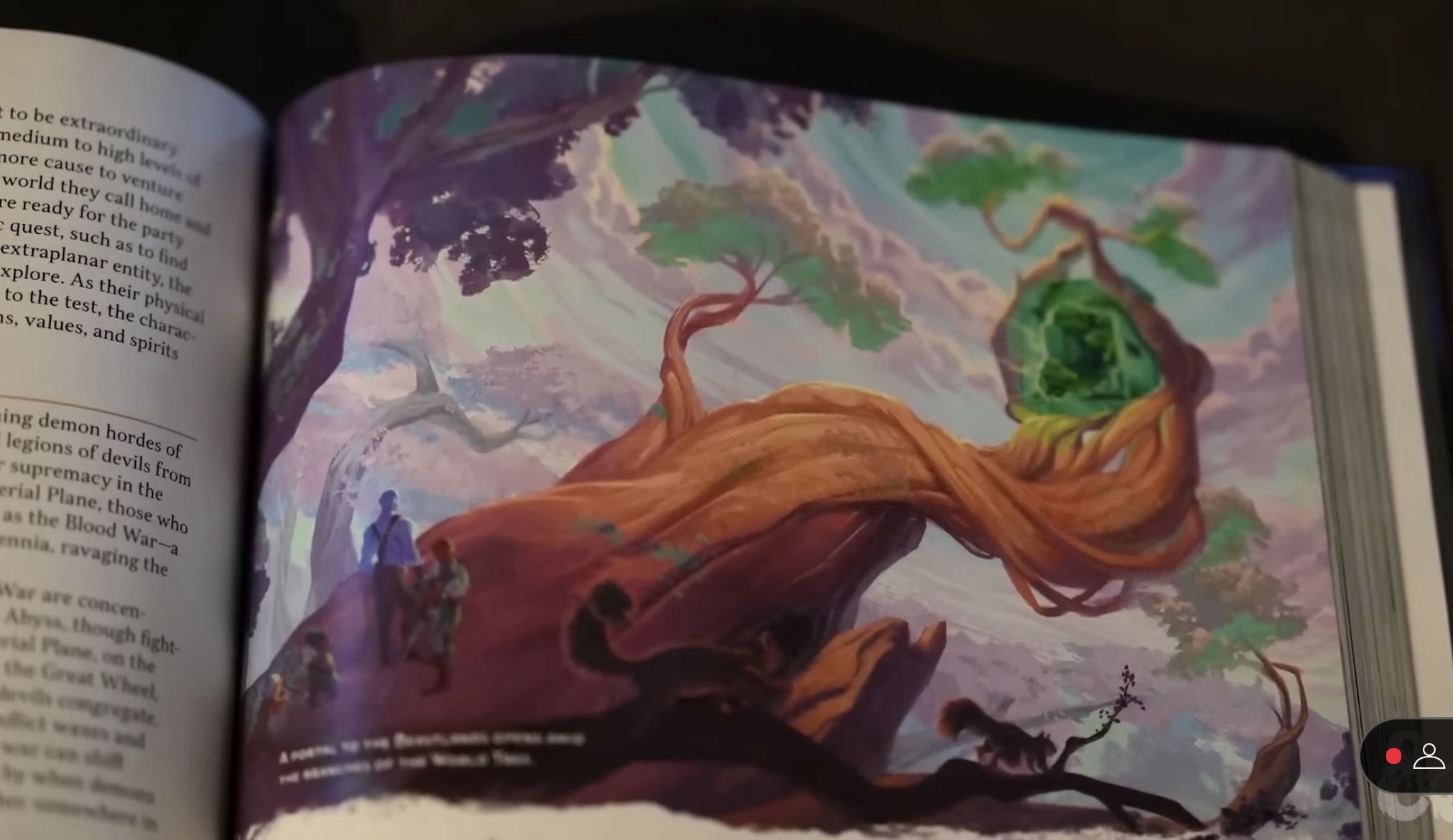
So when WotC pulled back the proverbial DM screen to show off the new campaign mechanics, I was super curious to see what kind of tools they have for DMs. Because building a campaign is as much an art as it is a science. You have to get a feel for it as well as develop your own techniques for running games. And each campaign is its own beast.
That said, it looks like WotC has pulled out at least some of the stops. Here’s what we saw.
Campaign Building in the New Dungeon Master’s Guide
Now, first off, it would be easy to imagine a world where WotC just said “campaigns are adventures, put them together and think about how they fit together” and replaced the adventure generation tales with campaign generation tables. But while there is some overlap of the vocabulary – because building a campaign is, after all, building a lot of adventures and putting them together, making your own campaign is a different matter entirey.
However, you can see the similarities on display in the way they talk about the seed of a campaign. Chris Perkins uses the same kind of language, talking about a campaign’s “premise.” Because they have a shared language, you can jump in a little deeper.
In the video they talk about how the premise for your campaign might encompass a wide variety of situations, it might start narrow or broad, but most importantly, your campaign will probably change over the course of playing it.
No plan survives contact with the enemy. No campaign survives contact with the players. Sometimes, no players survive contact with the enemy. But it seems like WotC has got some tools to help DMs stay flexible. Again, borrowing from the Adventure Design video from earlier this week, campaigns should run with what the players are interested in. And to that end, they give you tools for tracking what the players are into. This is one of the more intriguing things about the new DMG.
This is the DM’s character tracker. It’s the most recent addition of the various DM trackers, according to James Wyatt. Wyatt, in the video, talks about how the DMG has a great section on how to track what your players want.
On how to pay attention to the kinds of things that the player – not the character – likes to do. Do they enjoy combat, do they like getting into the roleplay of it, do they want to sit back and have a chill time with friends?
These questions are all worth asking. And the new DMG trackers give you plenty of ways to note it down. Now, a lot of this is aspirational. I’ve seen too many of my fellow DM’s notes to believe that there’s suddenly going to be a whole new generation of organized DMs who all use these tools to keep everything down.
But these trackers are valuable because they get you thinking. They also help reframe some of the advice. Apparently, one of the biggest focuses in the campaign chapter is setting up multiple overarching conflicts, as you can see from the Campaign Conflicts tracker pictured above.
Campaign Season
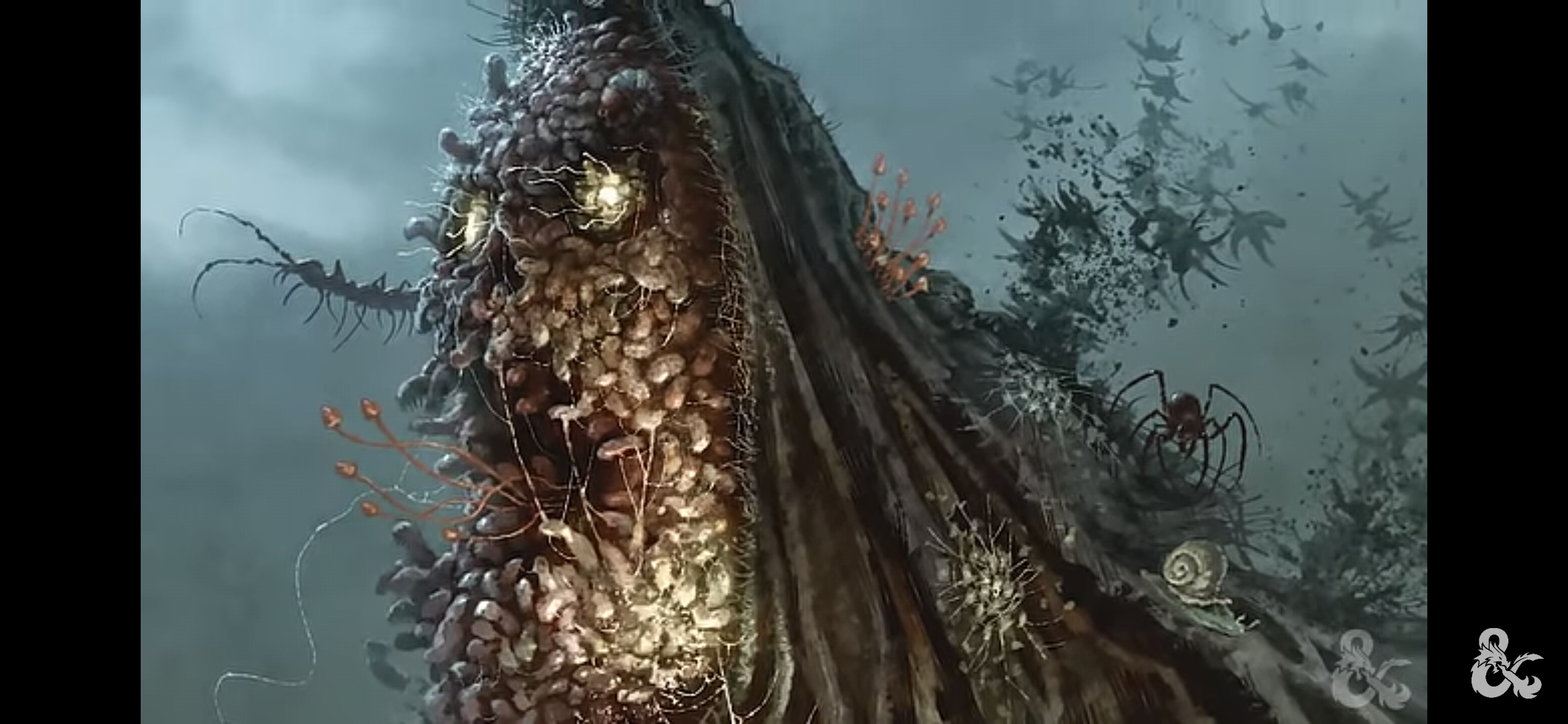
Conflicts can help drive a campaign (though, in my opinion, they aren’t the only things). Though I do like this approach. Because it encourages DMs to focus more on broad strokes than on having a tightly woven narrative with no room for change.
A common problem DMs will have is players “not being interested in the story” and trying to contrive ways to get them to pursue whatever is happening in the world. But with conflicts, you have something that you can point to.
You might even get literary and get some themes out of the deal, too.
Because with something longer form, like a campaign, you’ve got room to iterate and play. Things like theme and tone become a lot more important. And that, too, is one of the big pieces of advice in the campaign-building chapter.
What kind of game are you playing? A horror campaign is much different from a more social-focused campaign. One isn’t better than the other. But if the theme of your campaign is something like Civilization vs. the Untamed Wilds, putting in an adventure that focuses on killing a bunch of bandits has a different speed to it.
Somehow, Another Threat Arises
One takeaway from the video that I really enjoyed was the layering of threats. Perkins listed a rule of thumb of having three different conflicts going at once, so that the campaign feels alive. Feels dynamic. This is how you get adventures that sprawl and split. When one threat wanes, another waxes, and the pacing moves. It’s a sort of rabbit hole that players can find and discover there’s more depth to what’s happening in the world.
And it gives you a way to introduce variety. One conflict might be horror-themed, while another conflict might lean more into high fantasy as a dragon tries to become a god or something. It works especially well when one threat bleeds into another.
Perkins points out, reading from one of the tables that are there to help DMs, you might have a situation in a campaign where an ancient monster stirs in the sea, and that, in turn, prompts minions like Sahuagin to start raiding on land. So you might start fighting the Sahuagin raiders only to discover a deeper, direr threat.
As a quick aside, I love that we get a glimpse of the kind of “sample campaigns” they talk about, which include horror campaigns and swashbuckling campaigns. I can’t wait to see what other campaigns are squirreled away in there.
Making a campaign is difficult. But it is also very rewarding. And from the look of the video, it seems that WotC has really sunk their teeth into what new DMs could use when getting started, while still keeping an eye out for advice that’s helpful to DMs who’ve been at it a while.
And this plays in with all the other tools in the DMG. You’ll learn how to manage NPCs, design encounters, and build adventures – everything you’ll need to keep your game alive and vibrant from levels 1 all the way through to level 20 – assuming everyone’s schedule lines up.
The real test of any DMG is will it have advice on what to do when two of your players get promted and a third is having a baby and suddenly folks don’t have time anymore? They touch briefly on the realities of life in “how to end a campaign”. Which is a little melancholic, but hey, the scheduling monster gets us all, sooner or later.
Look for the new DMG on November 12th!

